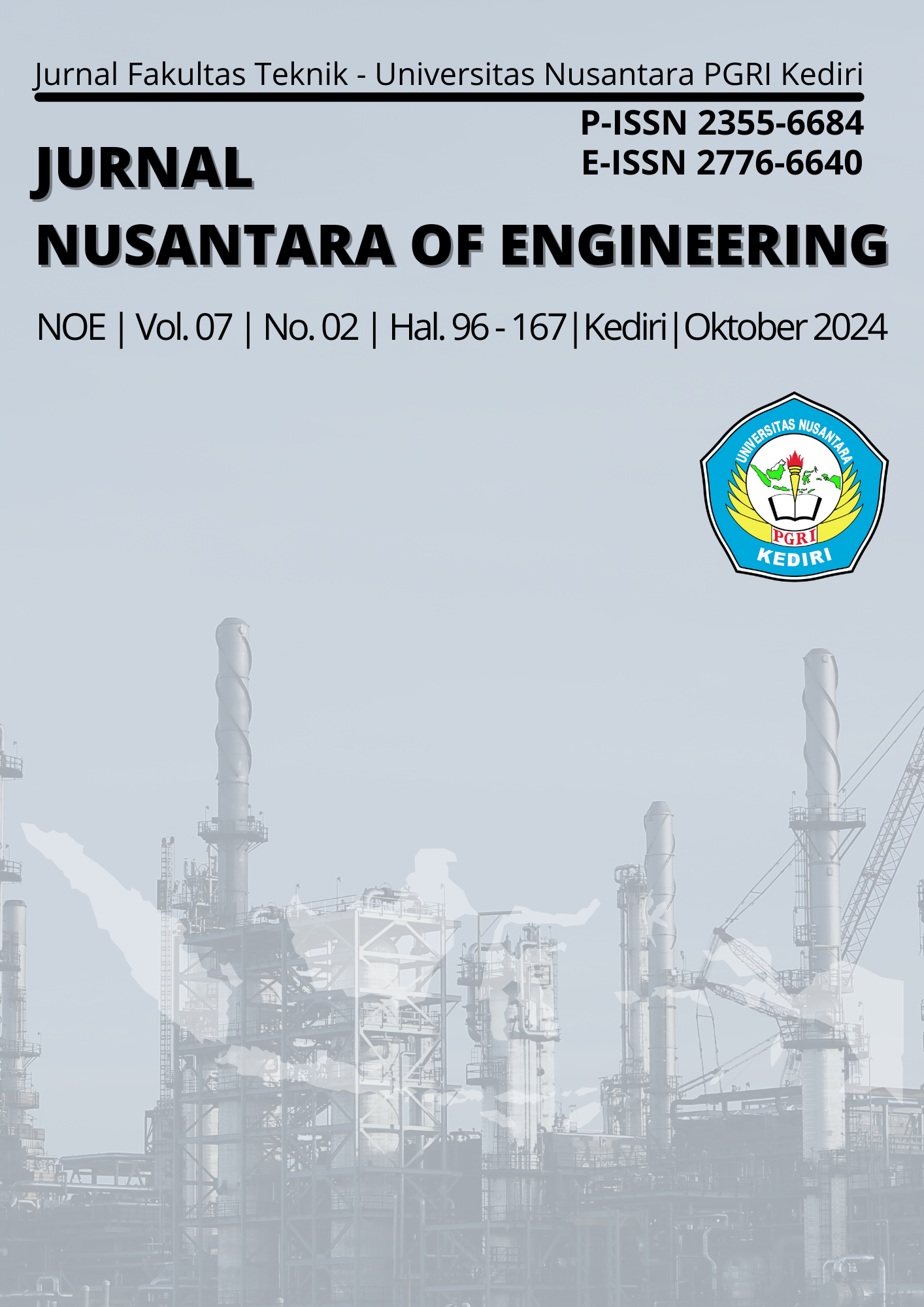Implementation of Discrete Wavelet Transformation Method with K-Nearest Neighbor for Eye Disease ClassificationWord
DOI:
https://doi.org/10.29407/noe.v7i02.22889Keywords:
eye, disease, knn, wavelet, cataractAbstract
The eye is an organ in humans that functions as seeing objects around with the reflection of light received by the retina. This sense of vision can be affected by diseases that often occur, including cataracts, as well as other diseases such as glaucoma and retinal disease. The eye disease will interfere with the activities of the sufferer and can also attack his psyche. In examining and ensuring that eye diseases can be done by utilizing technology, with the development of technology to identify eye diseases can be done. Through an image of the patient's retinal fundus, the image can be processed using the image processing method. By combining image processing with classification methods from machine learning, images can be processed until they are identified in the class. This study was conducted with the aim of classifying eye diseases using the discrete wavelet transformation method with K-nearest neighbor, obtaining an accuracy level of 61% in the classification of a class. These results indicate that the classification can be done quite well, but in the results obtained, not all classes can classify well. Using datasets from Kaggle 300 normal eye datasets, 100 cataract eye datasets, 101 glaucoma eye datasets, and 100 retinal disease eye datasets, there are 4 classes of retinal fundus images. The retinal fundus is an image obtained as a result of capturing using a tool called the Ophthalmoscope where this tool helps illuminate and magnify the image in the eye to produce a capture of the retinal fundus.
Downloads
References
[2] Rokom, “Katarak Penyebab Terbanyak Gangguan Penglihatan di Indonesia,” Redaksi Sehat Negriku. Diakses: 20 Oktober 2023. [Daring]. Tersedia pada: https://sehatnegeriku.kemkes.go.id/baca/umum/20211012/5738714/katarak-penyebab-terbanyak-gangguan-penglihatan-di-indonesia/
[3] A. J. F. D. K. Geza Jeremia Bu’ulölö, “jm_informatika,+34208-73917-1-ED+375-382,” vol. 16, no. 4, hal. 375–382, 2021.
[4] M. D. Ramadhan dan B. Setiyono, “Pengolahan Citra untuk Mengetahui Tingkat Kesegaran Ikan Menggunakan Metode Transformasi Wavelet Diskrit,” J. Sains dan Seni ITS, vol. 8, no. 1, hal. 23–28, 2019, doi: 10.12962/j23373520.v8i1.37715.
[5] R. Nurlizah, A. E. Minarno, dan G. W. Wicaksono, “Klasifikasi Penyakit Katarak Pada Mata Manusia Menggunakan Metode Convolutional Neural Network,” Repositor, vol. 4, no. 4, hal. 491–496, 2022.
[6] V. Wirawan dan Y. E. Soelistio, “Model Klasifikasi Mata Katarak dan Normal Menggunakan Histogram,” J. Ultim., vol. 9, no. 1, hal. 33–36, 2017, doi: 10.31937/ti.v9i1.561.
[7] I. H. W. Jayawardanu dan S. Hansun, “Rancang Bangun Sistem Pakar untuk Deteksi Dini Katarak Menggunakan Algoritma C4.5,” J. Ultim. Comput., vol. 7, no. 2, hal. 48–58, 2016, doi: 10.31937/sk.v7i2.232.
[8] Hartono, A. T. Hernowo, dan M. B. Sasongko, “Ilmu Kesehatan Mata FK UGM,” Buku Ilmu Kesehat. Mata, hal. 15–18, 2013.
[9] P. Nurtantio Andono, Sutjono.T, dan Muljono, Pengolahan Citra Digital. 2017.
[10] D. P. Pamungkas, “Ekstraksi Citra menggunakan Metode GLCM dan KNN untuk Identifikasi Jenis Anggrek (Orchidaceae),” Innov. Res. Informatics, vol. 1, no. 2, hal. 51–56, 2019, doi: 10.37058/innovatics.v1i2.872.
Downloads
Published
Issue
Section
License
Authors who publish with this journal agree to the following terms:
- Copyright on any article is retained by the author(s).
- The author grants the journal, right of first publication with the work simultaneously licensed under a Creative Commons Attribution License that allows others to share the work with an acknowledgment of the work’s authorship and initial publication in this journal.
- Authors are able to enter into separate, additional contractual arrangements for the non-exclusive distribution of the journal’s published version of the work (e.g., post it to an institutional repository or publish it in a book), with an acknowledgment of its initial publication in this journal.
- Authors are permitted and encouraged to post their work online (e.g., in institutional repositories or on their website) prior to and during the submission process, as it can lead to productive exchanges, as well as earlier and greater citation of published work.
- The article and any associated published material is distributed under the Creative Commons Attribution-ShareAlike 4.0 International License








